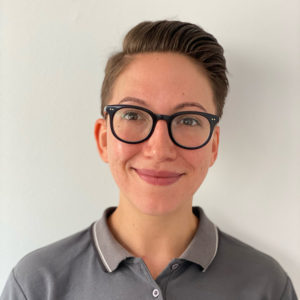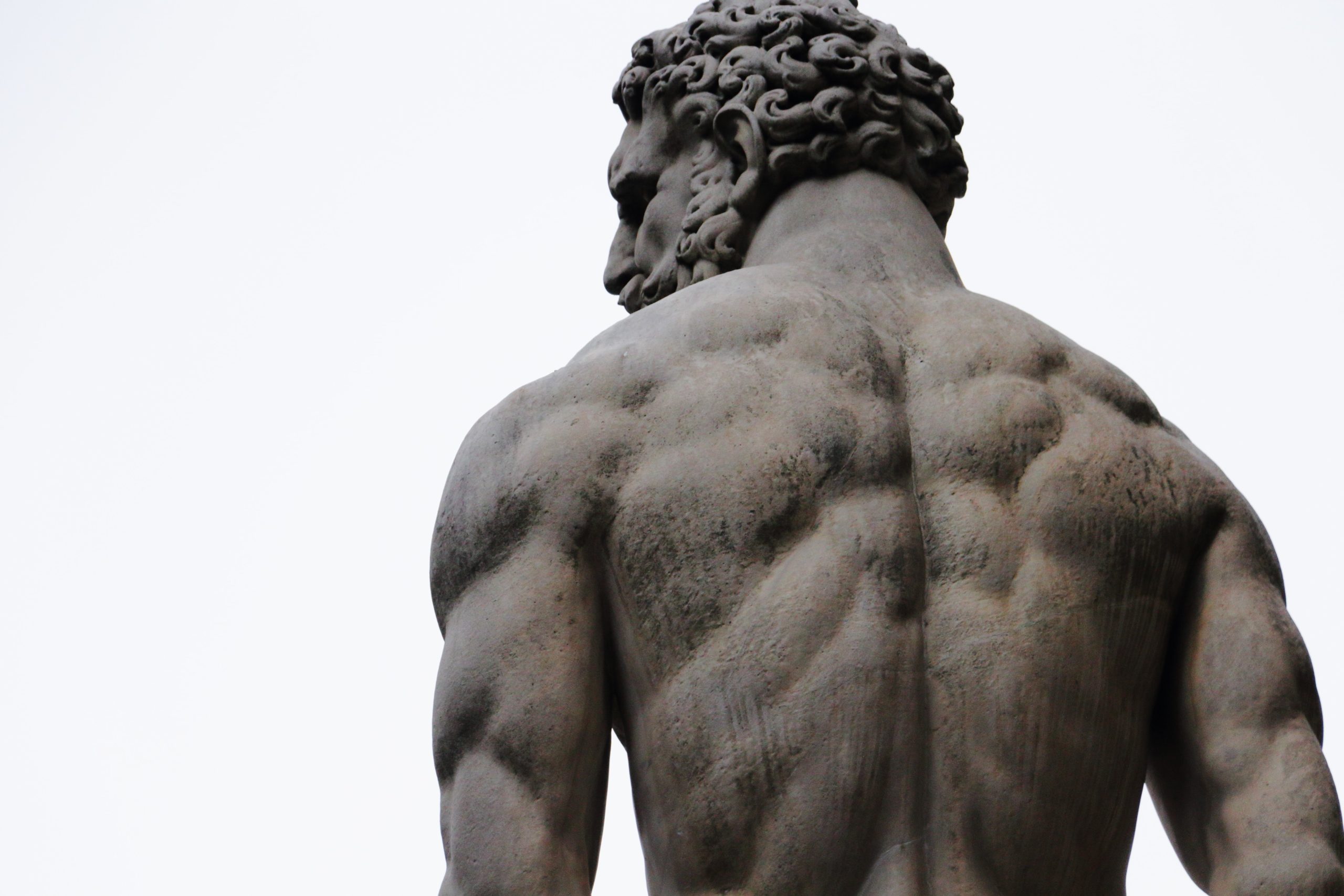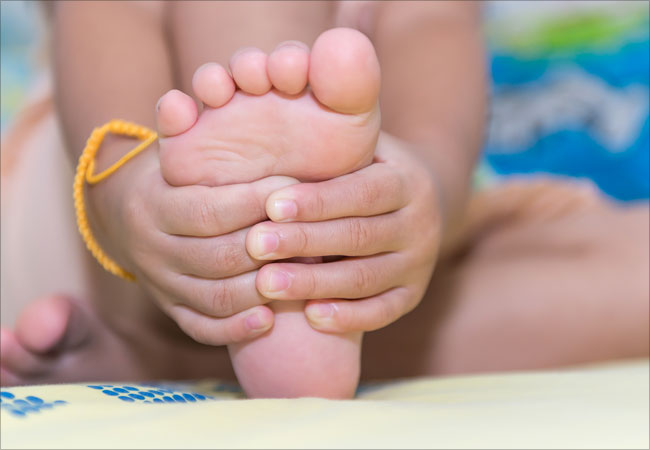The Importance of Exercise for Healthy Ageing
Exercise for Healthy Ageing… Age-related changes are inevitable. We develop wrinkles, our hair starts to turn grey, and for some reason, our body starts to ache, passing it off as “I’m just getting old”. It was once thought that degenerative changes to muscle, bone and joints were unavoidable. However, research shows that many factors associated with ageing are due to decreased physical activity and poor lifestyle choices.
If you can address this in both physical activity and your lifestyle choices, you can reduce the risk of developing chronic pain, disease and disability.
What happens to our muscles, bones and joints if we don’t use them?
Muscles can lose size and strength as we get older if we don’t continue to use them; this leads to muscle fatigue, weakness and decreased tolerance to movement. All of these declines can then contribute to:
- Healthy muscle tissue is replaced more slowly, and lost muscle tissue is then replaced with tough fibrous tissue
- The brain-to-muscle connection weakening
- Changes in the nervous system (brain to muscle connection) then cause muscles to have a decrease in their ability to contract to lead to loss of muscle tone
- Hormonal changes – in women, menopause triggers the loss of minerals in bone, causing osteoporosis. Approximately one in two women over 50 will break a bone (breaking a hip is as common as the risk of breast and ovarian cancer). In men, the gradual decline in hormones leads to the later development of osteoporosis and other diseases
Why is it important to maintain healthy muscle tissue, bones and joints for healthy ageing?
At least half of the age-related changes to muscles, bones and joints are caused by disuse. Research shows that almost half of Australians over 50 live with some kind of musculoskeletal disability such as chronic muscle, joint pain, osteoarthritis, osteoporosis and rheumatoid arthritis. Below are definitions of these common complaints.
- osteoarthritis – cartilage within the joint breaks down, causing pain and stiffness
- osteoporosis – the bones lose mass and become brittle. Fractures are more likely
- rheumatoid arthritis – inflammation of the joints, chronic pain – pain occurring for 3+ months any of the above conditions can affect the proper functioning of the associated muscles.
However, exercise for healthy ageing with the right treatment and management can prevent these age-related changes and decrease the chance of developing chronic pain and disability.
What can you do / where can you go to get help?
When commencing any form of physical activity, you must talk to your GP or allied health professional first. If they don’t already have your medical and musculoskeletal history, your GP or allied health team (listed below) can do a thorough assessment to ensure you are being recommended the best management plan for both your physical and personal goals.
- Physiotherapists
- Osteopaths
- Exercise Physiologist
- Myotherapists
- Clinical Pilates Instructors
At Williamstown Health & Lifestyle, our team of experienced allied health professionals can assist you in assessing and managing your personal program to keep you fit, get you back doing the things you love and stay active.
Please give us a call at (03) 9397 8877 or book online here to set up an appointment.

Exercise for Healthy Ageing
Alana Carr – Myotherapist & Clinical Pilates Instructor




